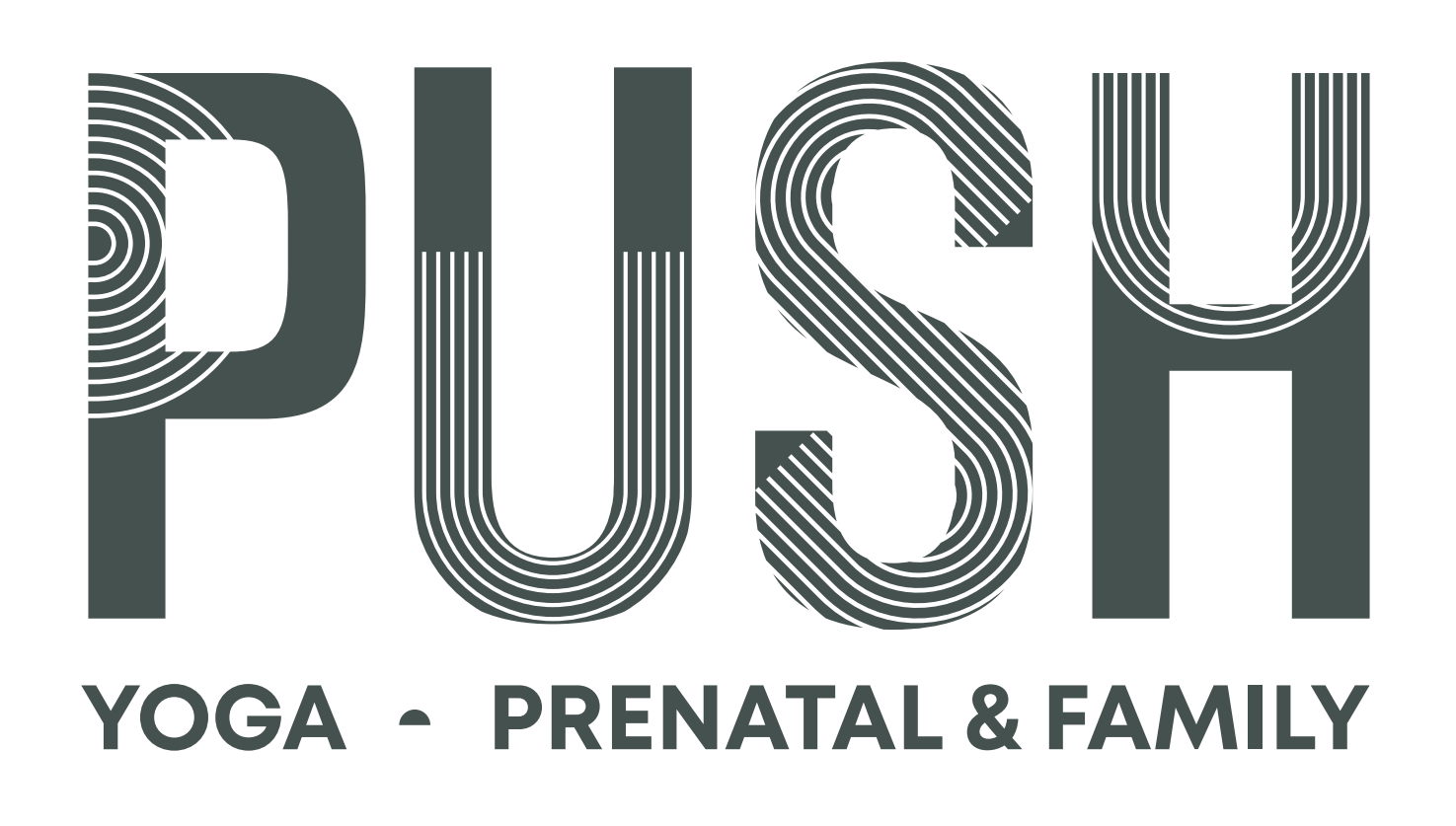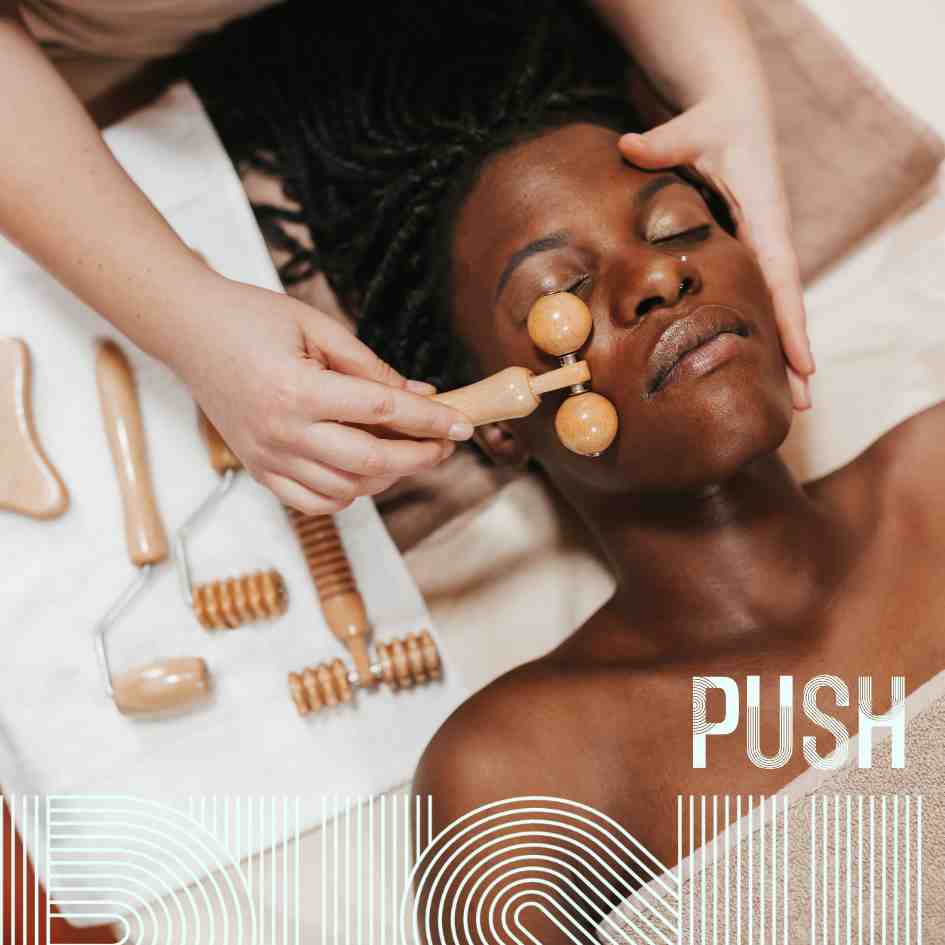In the realm of skincare and wellness, both facial massages and traditional facials hold esteemed places. While they may seem similar at a glance, each offers distinct benefits and serves different purposes. Understanding these differences is essential for individuals seeking treatments that align with their specific needs and goals.
Defining Facial Massage with an RMT
A facial massage performed by a Registered Massage Therapist (RMT) focuses on the therapeutic manipulation of facial muscles and tissues. RMTs are healthcare professionals with extensive training in anatomy, physiology, and massage techniques. Their approach to facial massage is rooted in promoting muscle relaxation, improving circulation, and addressing issues such as tension, discomfort, and temporomandibular joint (TMJ) dysfunction.
Techniques Employed by RMTs
RMTs utilize a variety of specialized techniques during facial massage sessions, including:
- Myofascial Release: Gentle sustained pressure is applied to the connective tissues, aiming to alleviate pain and restore motion.
- Lymphatic Drainage: This technique encourages the movement of lymph fluids to reduce swelling and improve immune function.
- Trigger Point Therapy: Focused pressure is used to release tension in specific areas, relieving discomfort and improving function.
- Intra-Oral Massage: With appropriate consent, RMTs may perform intra-oral massage to address deep-seated tension in the jaw muscles, beneficial for conditions like TMJ dysfunction.
These techniques are tailored to the individual’s needs, ensuring a personalized and therapeutic experience.
Understanding Traditional Facials
Traditional facials are skincare treatments primarily aimed at improving the appearance and health of the skin. Performed by licensed estheticians, these treatments focus on the epidermis and involve a series of steps designed to cleanse, exfoliate, and nourish the skin.
Common Components of Traditional Facials
- Cleansing: Removing makeup and surface impurities to prepare the skin for treatment.
- Exfoliation: Sloughing off dead skin cells to reveal a smoother complexion.
- Extraction: Clearing clogged pores to prevent breakouts and improve skin clarity.
- Mask Application: Applying specialized masks tailored to the individual’s skin type and concerns.
- Moisturizing: Hydrating the skin to restore balance and protect against environmental factors.
While facials may include a brief facial massage, the primary focus remains on skin treatment rather than muscle manipulation.
Key Differences Between Facial Massage with an RMT and Traditional Facials
- Scope of Practice
- RMTs: Trained to assess and treat musculoskeletal issues, RMTs address underlying muscle tension, pain, and dysfunction. Their treatments are therapeutic and may have medical benefits.
- Estheticians: Specialize in skincare, focusing on the surface of the skin to enhance its appearance and address cosmetic concerns.
- Treatment Goals
- Facial Massage with an RMT: Aims to relieve muscle tension, improve circulation, and address issues such as TMJ dysfunction or chronic headaches.
- Traditional Facials: Focuses on improving skin health, texture, and appearance, targeting concerns like acne, dryness, or signs of aging.
- Techniques and Modalities
- RMTs: Utilize therapeutic massage techniques, including deep tissue manipulation, myofascial release, and intra-oral massage.
- Estheticians: Employ skincare techniques such as cleansing, exfoliation, masking, and superficial massage to promote product absorption.
- Regulatory Oversight
- RMTs: In Ontario, RMTs are regulated by the College of Massage Therapists of Ontario (CMTO), ensuring adherence to professional standards and continuous education.
- Estheticians: While estheticians may be certified, the regulatory oversight varies, and their training centers on cosmetic skincare rather than therapeutic interventions.
Choosing the Right Treatment for Your Needs
Deciding between a facial massage with an RMT and a traditional facial depends on your individual goals:
- Seek a Facial Massage with an RMT if You:
- Experience muscle tension or discomfort in the facial or jaw area.
- Suffer from TMJ dysfunction or related symptoms.
- Desire a therapeutic approach to address underlying musculoskeletal issues.
It’s important to consult with qualified professionals to determine the most suitable treatment for your specific needs. To learn more about our services or to book a consultation, visit our Massage Therapy page or contact us directly.



